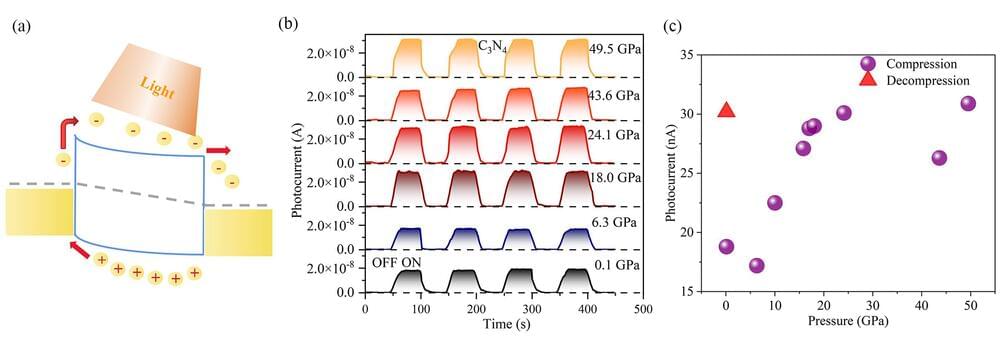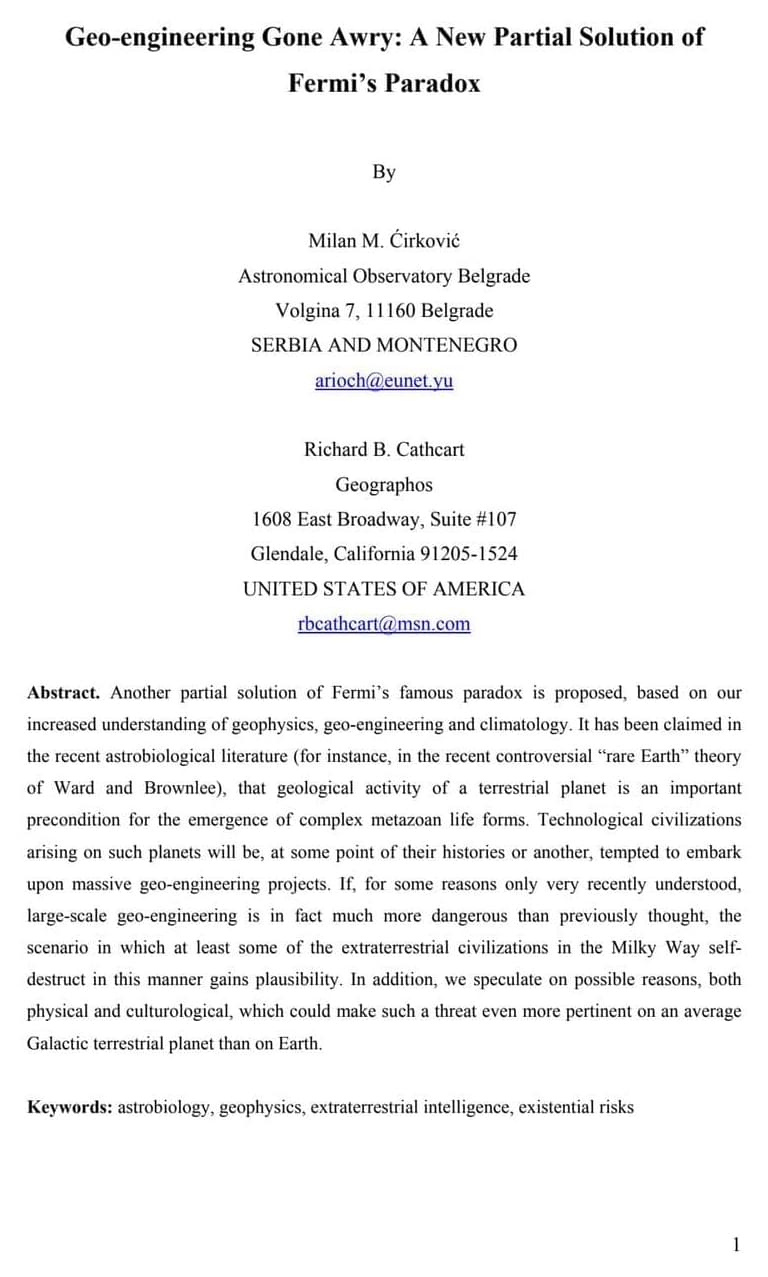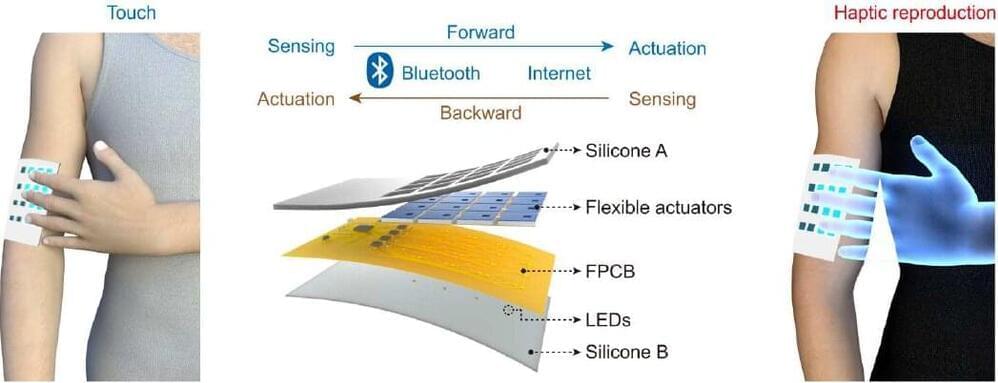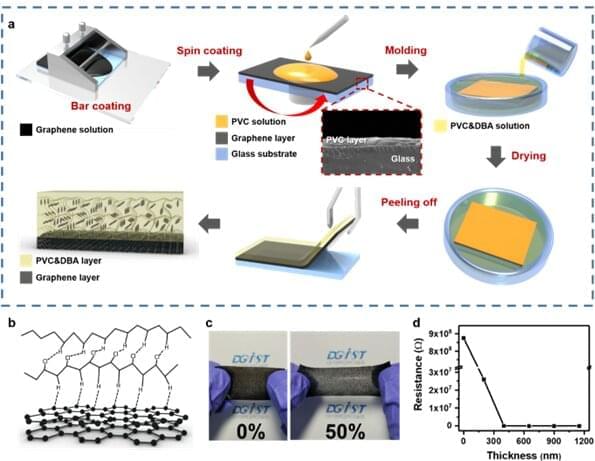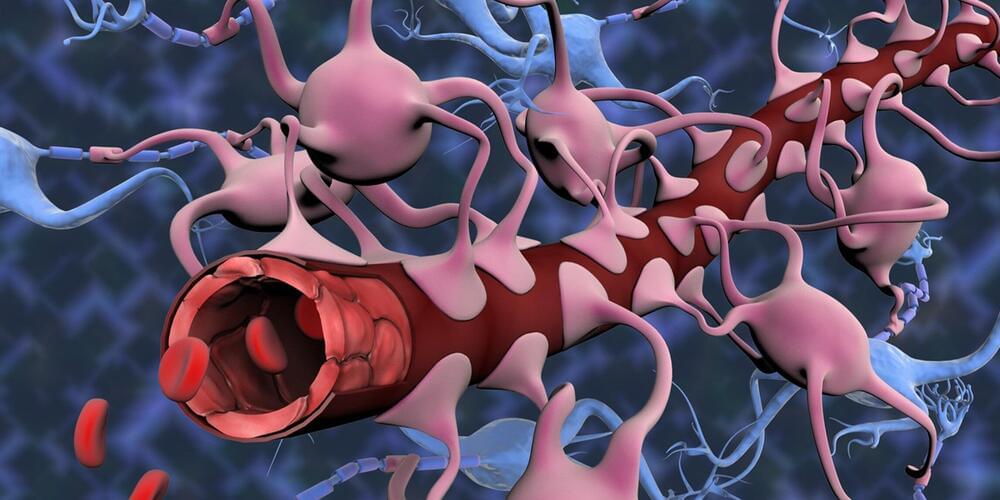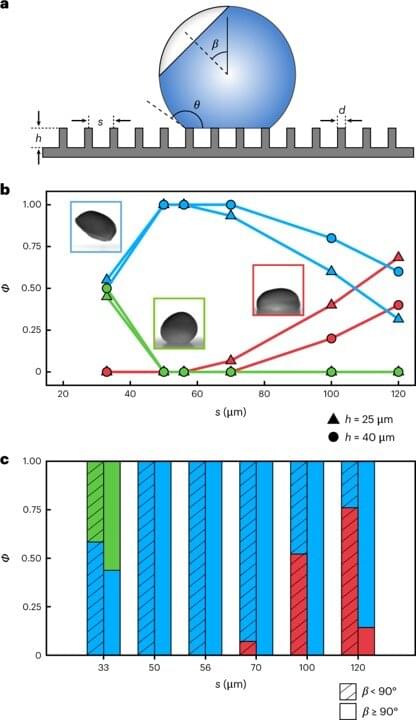Prof. Ding Junfeng and his team from the Hefei Institutes of Physical Science (HFIPS) of the Chinese Academy of Science, together with Prof. Zhang Genqiang from the University of Science and Technology of China, have achieved band gap optimization and photoelectric response enhancement of carbon nitride in the nitrogen vacancy graphite phase under high pressure.
Their results were published in the journal Physical Review Applied.
Graphitic carbon nitride (g-C3N4) has performed well in many fields, such as high-efficiency photocatalytic hydrogen production and water oxidation. However, the wide band gap of 2.7 eV of the original g-C3N4 limits its light absorption in the visible region. High pressure technology is an effective strategy to change the properties while remaining composition. Therefore, band gap engineering of g-C3N4 by high-pressure technology can significantly enhance its photocatalytic activity and improve its application potential.
